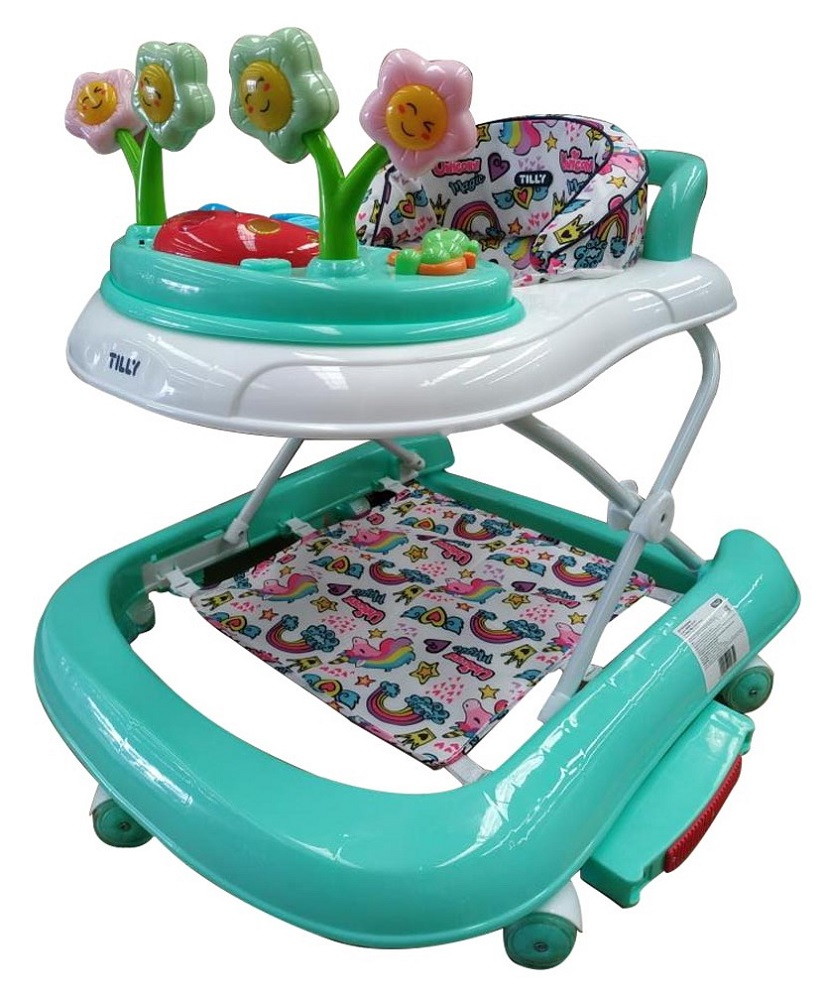
Title: Beyond Walking: Creative Uses of Walkers in Play and Exploration
Walkers for children are not just a means of transportation; They are versatile tools that can spark children's imagination, promote creativity and promote exploration. Although their main function is to assist with walking, the possibilities for play and adventure with walkers are vast. In this article, we'll look at some creative ways to use walkers in play and exploration, expanding their usefulness beyond walking aids and turning them into mobility aids for fun and learning.
-
Adventures of Make-believe:
- Turn walkers into magical chariots, rocket ships or time machines that transport children to imaginary worlds and exciting adventures.
- Encourage children to use the walker as a prop for role-play activities such as exploring outer space, going on a jungle safari, or sailing the high seas as intrepid explorers.
-
Creative art projects:
- Turn walkers into mobile art stations by attaching brushes, sponges, or markers to the frame. Children can create colorful masterpieces as they move around.
- Experiment with different drawing techniques and mediums to unleash your creativity while developing fine motor skills and hand-eye coordination.
-
Obstacle Course Challenges:
- Design obstacle courses where walkers become essential tools for navigating tunnels, avoiding cones, and balancing on beams.
- Introduce friendly competitions or timed challenges to add an element of excitement and encourage teamwork and problem-solving skills.
-
Nature walks and scavenger hunts:
- Take your walker outdoors to explore nature trails, parks, or botanical gardens. Children can use the walker to explore different places, discovering plants, animals and natural wonders.
- Have a scavenger hunt where kids search for specific items or complete nature-themed activities while using a walker.
-
Sensory Research Stations:
- Create sensory exploration stations using tactile materials such as sand, water, rice, or foam. Children can use the walker to move between stations and engage their senses through touch, sight and sound.
- Experiment with sensory bins, texture boards, and touch play dough to create a variety of tactile experiences that stimulate creativity and curiosity.
-
Musical parades and dance parties:
- Organize musical parades or dance parties where children use their walkers as parade stands or dance partners.
- Play live music and encourage children to march, dance and move to the beat, bringing their walkers into the celebration.
-
STEM Issues and Construction Projects:
- Integrate walkers into STEM (science, technology, engineering and math) activities using building blocks, magnetic tiles or construction toys.
- Encourage children to design and build structures or solve engineering problems by using walkers as mobile platforms for experimentation and exploration.
-
Public Engagement and Service Projects:
- Involve children in community service projects or good causes by using their walkers as tools for advocacy and assistance.
- Organize charity walks, neighborhood cleanups, or visits to local nursing homes where children can use their walkers to spread joy and make a positive impact on the community.
By using these creative ways to use walkers in play and exploration, parents, caregivers, and educators can unlock the full potential of these devices as catalysts for imagination, learning, and adventure. With a little creativity and innovation, walkers can be much more than just a walking aid—they can be a vehicle for bringing endless possibilities and joyful experiences into children's lives.






